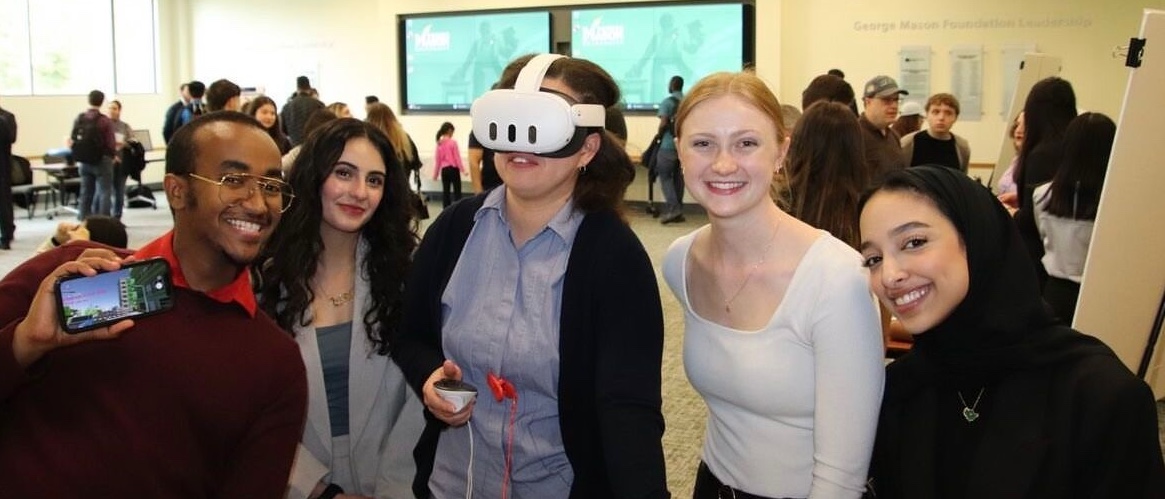Neuromechanics + Human-Centered Design
At the Neuromechanics Research Lab, we integrate neuromechanics—the study of how the nervous system controls movement—with human-centered design to develop engineering solutions that improve mobility, rehabilitation, and assistive technologies. Traditional approaches to biomechanics and rehabilitation often focus solely on physiological measurements and mechanical performance. However, real-world adoption of these technologies requires a deeper understanding of the people who use them—their needs, experiences, and challenges.
By embedding human-centered design principles into our research, we ensure that our work is not only grounded in rigorous neuromechanical science but also in user experience, accessibility, and clinical feasibility. This means engaging directly with patients, clinicians, and caregivers to design solutions that are functional, intuitive, and adaptable to real-life movement challenges. Our work spans wearable sensors, neurostimulation devices, assistive robotics, and adaptive rehabilitation strategies, all aimed at enhancing movement and quality of life for individuals with neurological or musculoskeletal impairments.
Through this interdisciplinary approach, our goal is to bridge the gap between engineering and human experience, transforming fundamental movement science into impactful, user-driven innovations.

